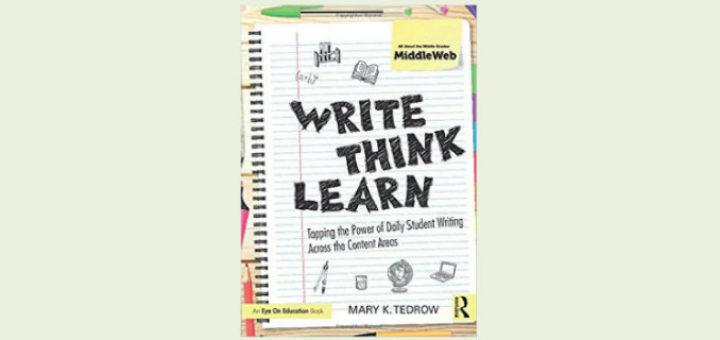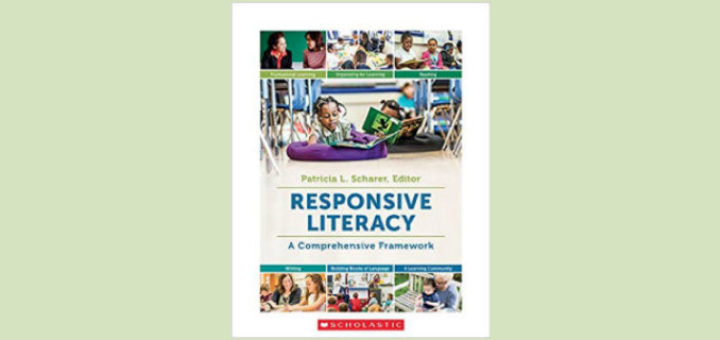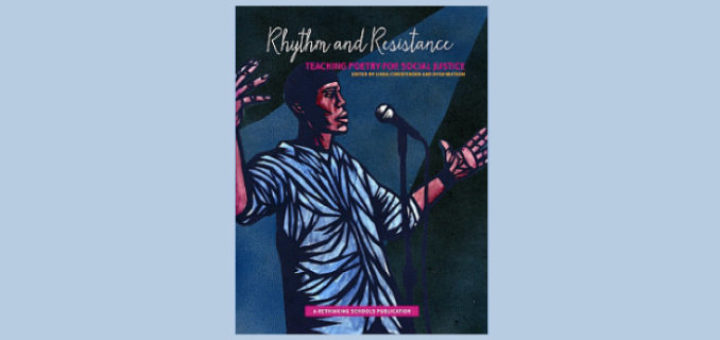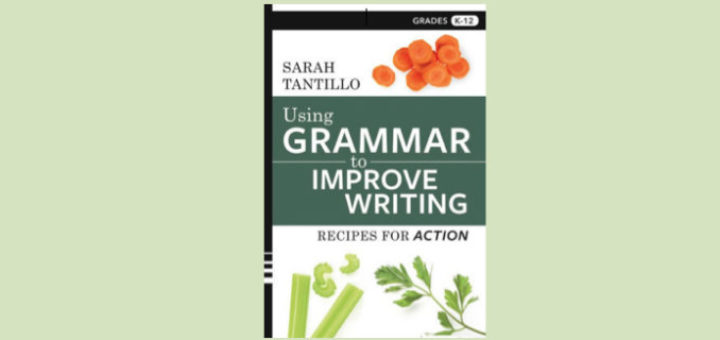How a Tiny Spark Can Ignite Student Writing
K-6 literacy coach and NBCT Paula Bourque brings an extra spark to quick-write activities, expanding the concept to include brief low-pressure assignments designed to ignite passion, creativity, and awareness in students and encourage them to become lifelong writers.


















